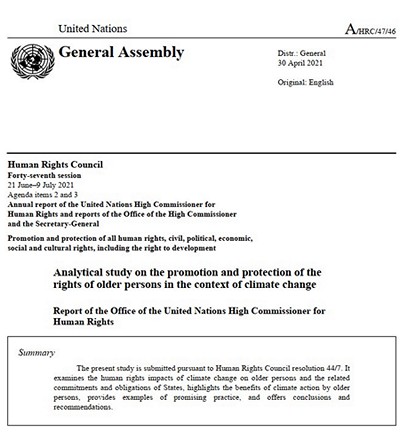Choking Is a ‘Hidden’ Predictor of Femicide
In domestic abuse, choking is a ‘hidden’ predictor of femicide, experts say | CBC News
In Domestic Abuse, Choking/Strangulation Is a ‘Hidden’ Predictor of Femicide
Abusers often use choking as form of control, says advocate for survivors of intimate partner abuse.
By Sarah Smellie · The Canadian Press · Posted: Apr 22, 2024

Georgina McGrath is among a growing number of experts across the country who say police officers, judges and lawyers need specialized training about strangulation in intimate partner violence cases. (Paul Daly/The Canadian Press)
Georgina McGrath says she still has to sleep some nights with the windows open, the cold air in her lungs a reminder that she’s far away from the man who used to strangle her. On those nights, she said, she can still feel his hands on her neck.
Though the Newfoundland and Labrador woman has been a vocal advocate for survivors of intimate partner violence in the decade since her ex-partner last squeezed her throat, her voice still breaks when she talks about it.
“There’s so much fear,” she said in an interview. “You’re just waiting for them to end it, you can feel yourself falling … you can feel yourself draining away.”
The 54-year-old businesswoman originally from Labrador City is adding her voice to those of experts across the country who say police officers, judges and lawyers need specialized training about strangulation in intimate partner violence cases.
Amanda McCormick, an associate criminology professor at the University of the Fraser Valley, says strangulation is a key warning sign that someone is at a much higher risk of being killed by their intimate partner.
“The thing about strangulation is it’s quite hidden: a lot of abusers will use this as a form of power and control, but it often doesn’t leave any visible injuries,” McCormick said in a recent interview, adding: “It’s one of the best predictors of homicide or femicide.”
The federal government updated the Criminal Code in 2019 to add strangulation to the definition of assault with a weapon or causing bodily harm. The change means domestic abusers can now be charged specifically for assault by strangulation.
However, McCormick said that without adequate training about the offence, it may not be used properly. Strangulation doesn’t always leave marks on a victim’s neck, so police, prosecutors and even health-care workers need to know to ask about it. And they need to be able to recognize possible signs, such as a victim having a cough or a sore throat.
“If they don’t know how to investigate and document a strangulation, they’re going to be recommending a lesser assault,” she said.
She noted, too, that the change in the Criminal Code came right before the COVID-19 pandemic upended routines across the globe, and there may not be much awareness in the justice system that assault by strangulation is now a defined offence.
Recognizing strangulation, or knowing how to spot it, can be a matter of life and death. McCormick pointed to a 2008 National Library of Medicine study showing that someone in an abusive partnership is more than seven times more likely to be killed by their partner if they’ve been strangled by that partner in the past.
There are other health risks that are not well understood, McCormick added. Being strangled increases a victim’s chance of having a stroke, or developing brain injuries or mental health problems from a lack of oxygen, she said.
McCormick’s latest work looks at the sentences judges are handing down for assault by strangulation, which comes with a maximum of 10 years in prison. So far, she’s found that offenders are largely receiving light sentences, despite the grave risk they pose to their partners.
“So there’s a complete discord here,” she said. “Police need training. Lawyers need training. Judges need training. Health-care practitioners, for the most part, need training.”
Last month, the California-based Training Institute on Strangulation Prevention held a two-day training session in Ottawa for police officers, medical workers, military personnel and others who work with victims. “The most dangerous domestic violence offenders strangle their victims,” institute co-founder Casey Gwinn said in a news release issued by the Ottawa police.
McGrath, who now lives in rural Newfoundland, testified on April 11 before a Senate committee studying a bill to establish a national strategy for the prevention of intimate partner violence. She hopes that strategy would include training across the justice system about intimate partner violence, and about the risks and red flags posed by strangulation.
McGrath said she would like to see special courts established to deal with intimate partner violence cases, where judges and lawyers would be trained about the issues involved and better equipped to make decisions that protect the victim from further harm. She’d also like to see governments make it mandatory for health-care workers to report strangulation in domestic cases to police, just as they must when there is evidence of stabbing or shooting.
The Newfoundland and Labrador Justice Department said Friday that it will look into such a policy.
However, McCormick worries that victims will be more afraid to seek medical help for strangulation if they know police will be involved. “These women need to see a doctor,” McCormick said. “If they are deterred from doing so, that poses significant risks to their life and their health.”
Извор: WUNRN – 09.05.2024


